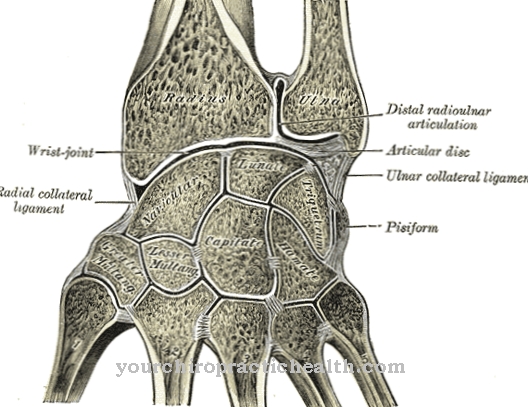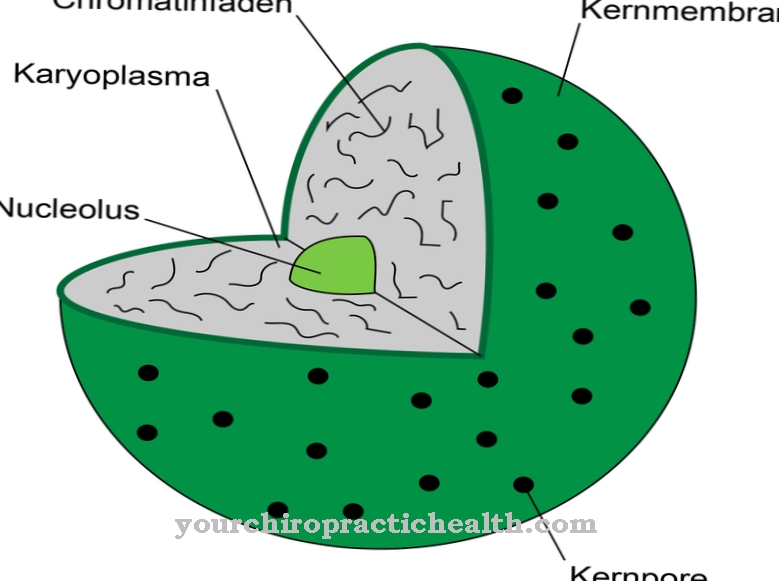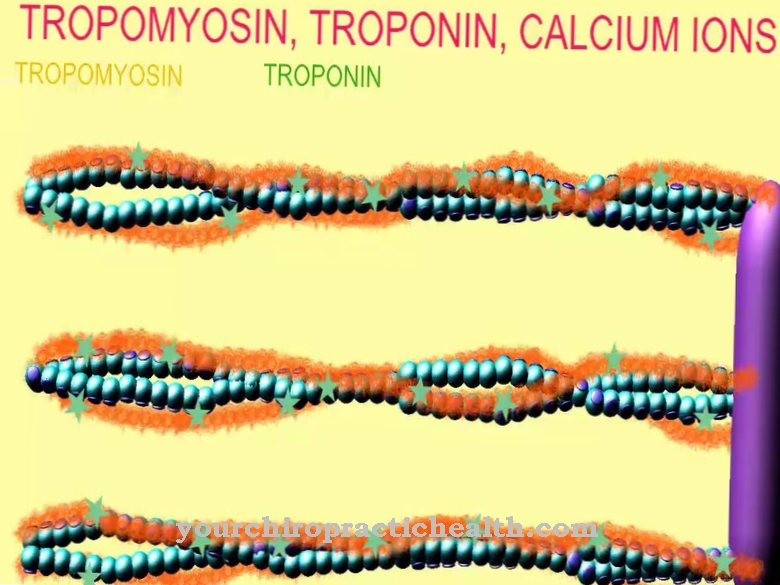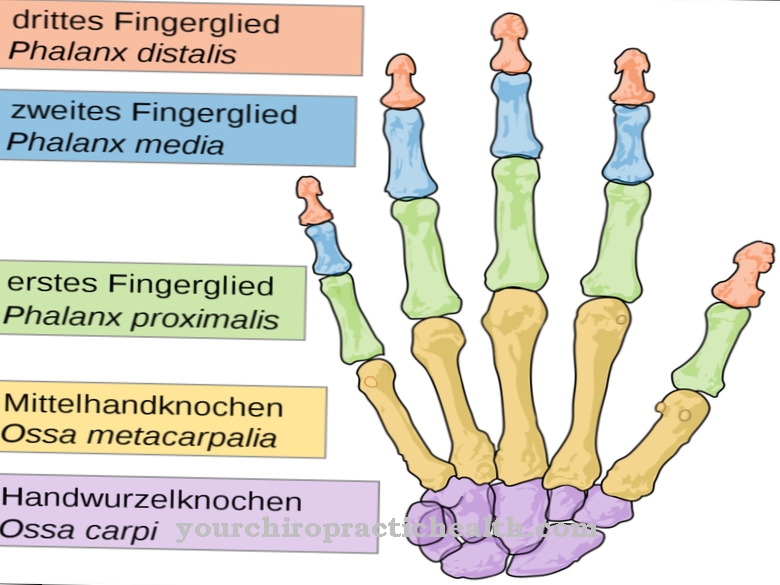The Armpit lies between the shoulder and the lateral chest wall. This anatomical structure mainly contains glands that produce sweat and pheromones. Under the armpits, skin diseases such as fungal infections are particularly common.
What is the armpit?
The armpits are the area on both sides of the human body between the lateral chest wall and the shoulder or the medial upper arm. What medicine understands under the armpit is different from the colloquial Armpit. In colloquial language, the armpits simply refer to the hairy fold of skin between the chest wall and the upper arm.
Medically, several arteries and a vein are part of the anatomical structure of the armpit. Nerves, lymph nodes and fatty tissue are also part of the armpit area. According to this definition, the armpit is not only the superficial, but also the deeper space under the shoulder. At the front, this space is bounded by the anterior axillary fold, which is formed by the large pectoral muscle.
At the back, the rear axillary fold limits the armpit. This rear axillary fold forms the large back muscle, with the rib cage taking over the limiting function on the inside.
Anatomy & structure
The armpit is bordered by the first rib, the upper shoulder blade and the collarbone. A layer of muscle-infused connective tissue and fat tissue embeds the armpit. The anterior wall of the axilla forms the pectoralis major muscle together with the pectoralis minor muscle. The subscapulari muscle, together with the teres major muscle and the latissimus dorsi muscle, form the posterior wall.
The middle border of the anatomical structure is formed by four ribs and the intercostal muscles between them. The anterior wall and posterior wall of the armpit converge into a narrow surface, which consists of the coracobrachialis muscle, the humerus and the biceps brachii muscle. The blood supply to the structure is taken over by the axillary artery and its secondary branches.
The axillary vein takes over the drainage of blood. The brachial plexus and its branches innervate the axilla along with the intercostal nerves of the ribs. There are around 30 axillary lymph nodes under the skin of the armpits. In addition, many sebum and sweat glands are located in this area.
Function & tasks
The tasks of the armpit are varied and consist of the individual functions of its anatomical components. For example, in the armpits there are different glands that secrete different secretions. Some of them are apocrine glands. This means that various fragrances are released from these structures.
These fragrances are, on the one hand, sexual attractants like pheromones and, on the other hand, shape the individual body odor. Apocrine glands thus have an impact on people's sexual and social behavior. A distinction must be made between pure sweat glands. Sweating is vital for the body. It regulates body temperature and cools the skin and the inside of the body. The glands under the armpits thus have a cooling effect in addition to the fragrance effect. Armpit hair also has other functions.
Armpit hair usually begins to grow around puberty. How dense the hair is depends not only on genetic factors, but has just as much to do with a person's origin. People from hot countries are usually more hairy than those from cooler areas. The armpit hair prevents rubbing in the armpit. In addition, the armpit hair absorbs sweat and thus plays a role in the cooling effect of body vapors.
Just like the cooling effect, the efficiency of pheromones is increased by the armpit hair. The axillary lymph nodes also play an important role in the anatomical structure of the armpit. They receive inflows from the arms, the chest and the side wall of the trunk. The lymphatic pathways of the shoulder, neck and forearm are also connected to the axillary lymph nodes. Like all other lymph nodes, the axillary lymph nodes are also responsible for a filtering process that flushes out harmful substances such as pathogens.
You can find your medication here
➔ Drugs against sweating and sweatingDiseases
One of the most famous diseases related to the armpit is armpit wetness. This means an overproduction of sweat that occurs locally under the armpits. Excessive sweat production is when more than 100 milligrams of sweat are produced in an armpit in five minutes.Armpit wetness can be both congenital and acquired.
Hormonal as well as psychological and nervous systematic causes are possible triggers for excessive sweat production. Skin diseases under the armpits are even more common than armpit wetness. Such skin diseases can be caused by shaving or a certain deodorant. Fungal skin under the armpits is also not uncommon. The moist and warm environment of the armpit practically attracts parasitic fungi. Lumps under the armpits are just as common.
These lumps are not necessarily indicative of a serious illness. For example, one or more lymph nodes may be swollen, indicating an infection. If an infection is responsible for the lump formation, the swelling will go away once the body has fought the bacteria, fungi, or viruses.
If cancer is responsible for the armpit lumps instead of an infection, then the lumps are usually metastases. In breast cancer, for example, a tumor often spreads to the surrounding lymph nodes. In such a case, the affected tissue is removed.
























.jpg)



